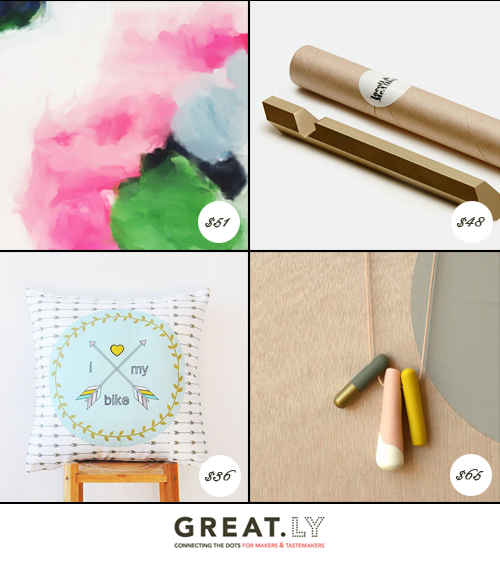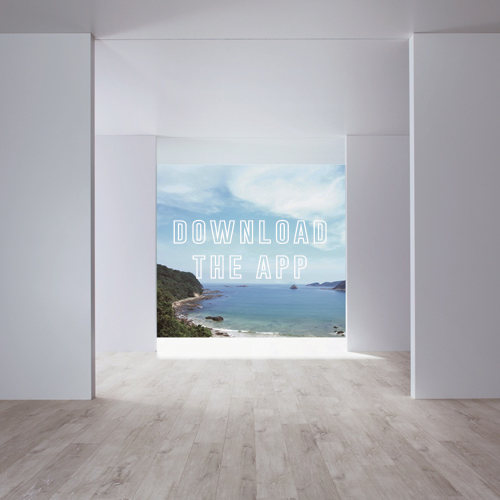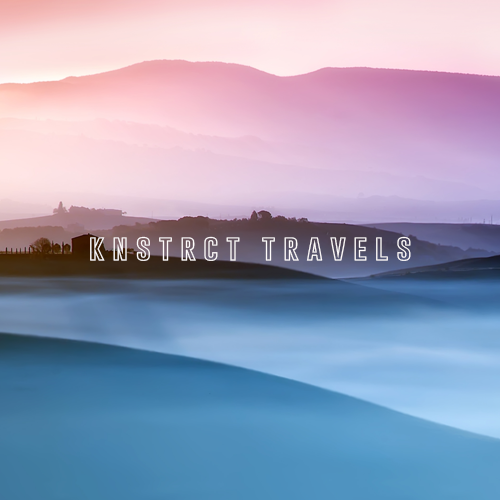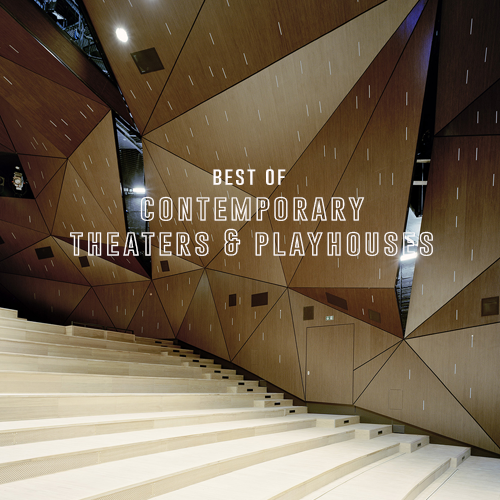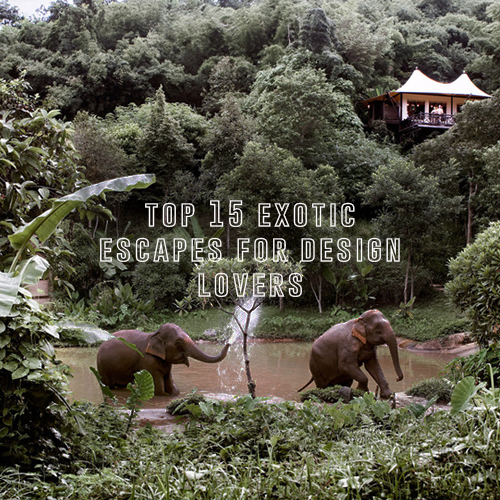Coordination Asia Designs Shanghai’s New Kids Museum of Glass
/Snapshot: A former industrial workspace is transformed into a sprawling “glass city” in Coordination Asia’s Kids Museum of Glass.
What is it that’s so fascinating about glass? We see kaleidoscopically-hued orbs, delicate, unicorn-horn flutes stretching endlessly, or pale sea-green panes casting colored shadows beyond. Glass is endlessly transformed, and transformable, and there’s something thrilling about its simultaneous delicacy and tactile smoothness.
Shanghai’s Coordination Asia hopes to excite this love for glass and design with its new Kids Museum of Glass in Shanghai. As China’s largest city and unmistakable commercial center, Shanghai has undergone massive economic transformation over just the past 100 years, transforming much of what was once swampland, like the Pudong District, into hubs of construction and manufacturing. Shanghai - and modern China - are icons of transformation and so this museum serves to explore that theme, and open its visitors to the potential of design.
How then, do you design a children’s museum devoted to glass? Coordination Asia is known for their resourceful, cross-discipline approach self-described as “a concept laboratory” navigating a “balance of eastern and western mindsets.” Their experience in museums is not without precedent, as in their design of the Shanghai Film Museum which blends the nostalgia of old time film with a captivating exhibition experience that is cinematic in its own right. The key to exhibition design is a firm comprehension of audience and a design attuned to their interaction with the space. What is the theme: Metamorphosis, and wonder. Transformation, and surprise - the result of experimentation and the individual’s journey through the museum.
Beneath a vast, vaulted ceiling, the museum lies open, forbidding strict barriers and walls for intuitive separation of space. A neon-lit room is boxed in with hot-pink chain link fencing. The bottom is open, a pathway in and out and beyond, and this model is a consistent design strategy for the museum. It allows the visitor a choice to pop in - engage - and pop out, so that the experience is self-directed, independent and made up of choices. Each unit is analogy-based - “The Circus” or “The Factory” - each centering on multimedia installations. Here, a minimal interface allows simple actions and gestures to reveal more complicated processes; how a glass prism works, or even how lightning can create glass.
The design aesthetic delights in contrasts, in conflicting and complementing energies. Bubbly blue globes rise from a matte black desk like deep-sea jellyfish. An ethereal glass spider is dashed against the blocky surface of a pink lego diorama. Crazed black-and-white blocks zig-zag up a wall and spread only to stop, interrupted by a brushed gray carpet and titanium-yellow stairs leading up to another space and experience. In this 2000 m² “glass city,” a former industrial workshop is transformed into a compelling analogy of design: transforming pre-existing elements to create a new, and purpose-driven space. This is the root of creativity, and in the end this museum seems not so much about glass, but the curious and imaginative side within us all.
Photography courtesy of Coordination Asia



